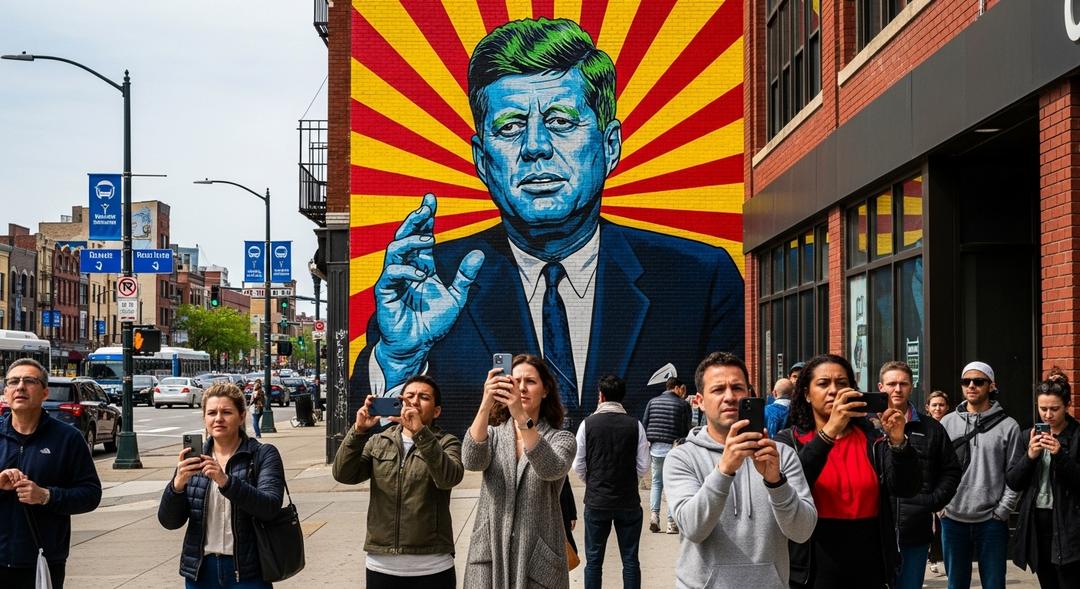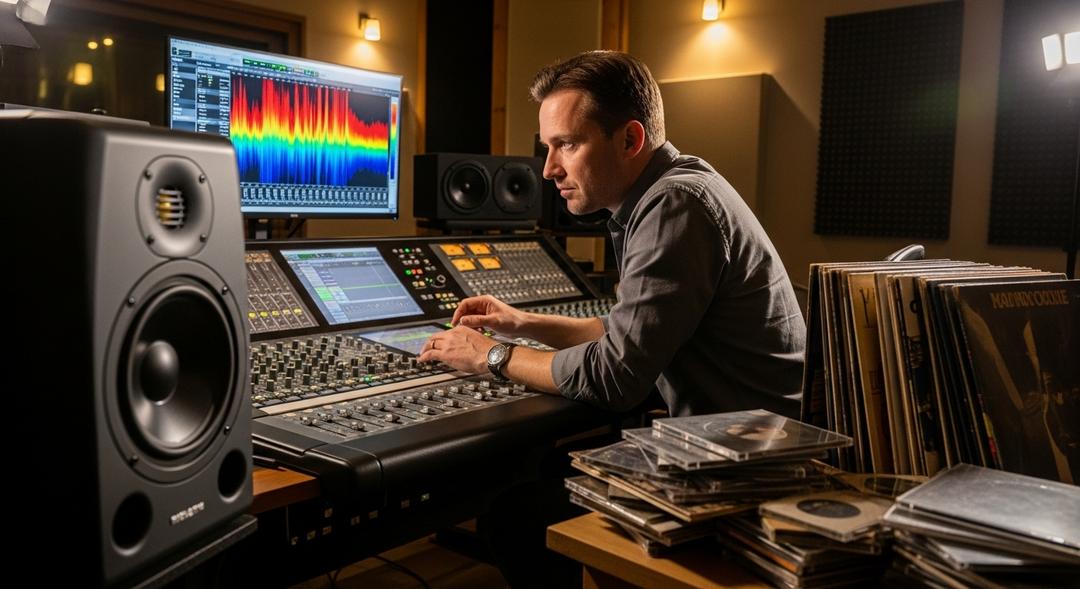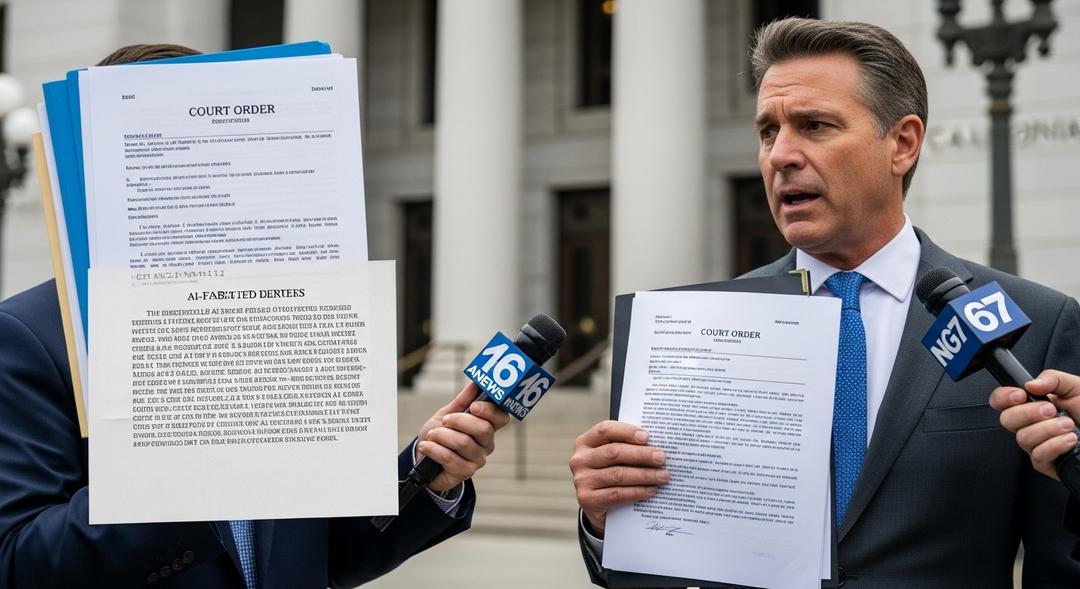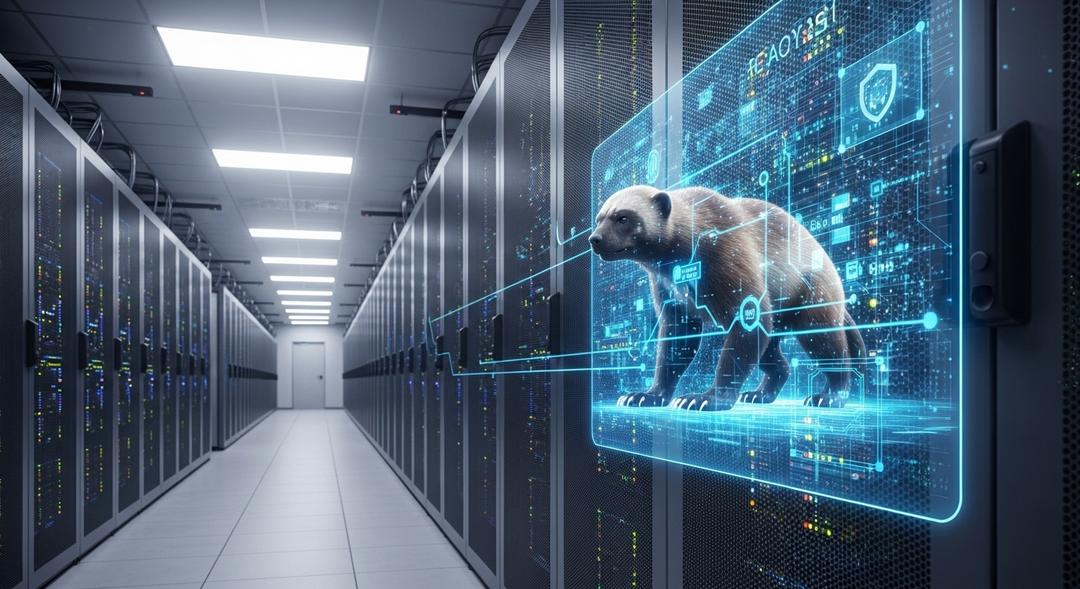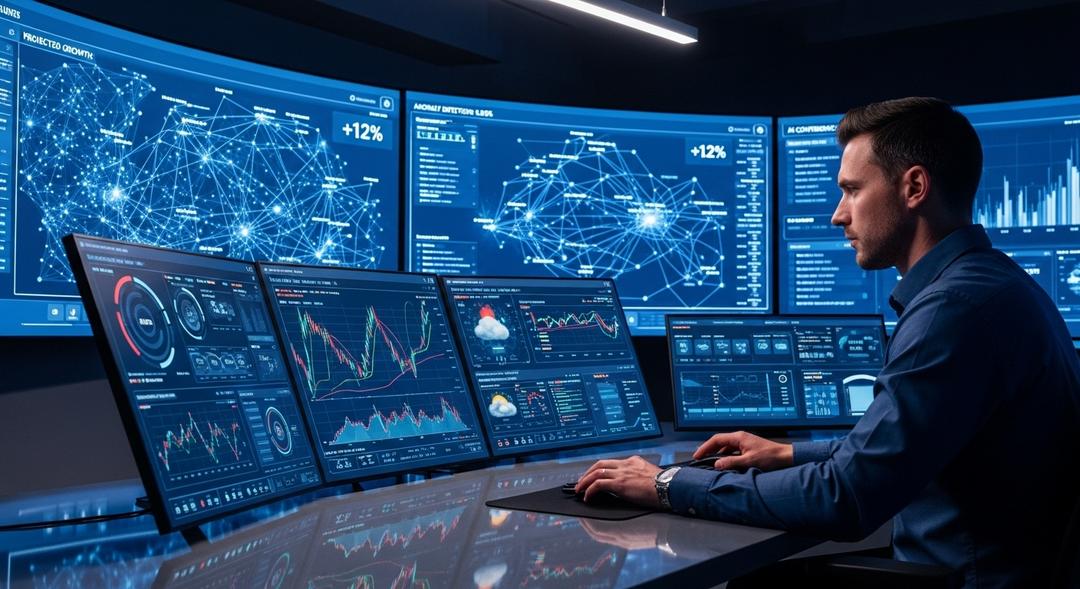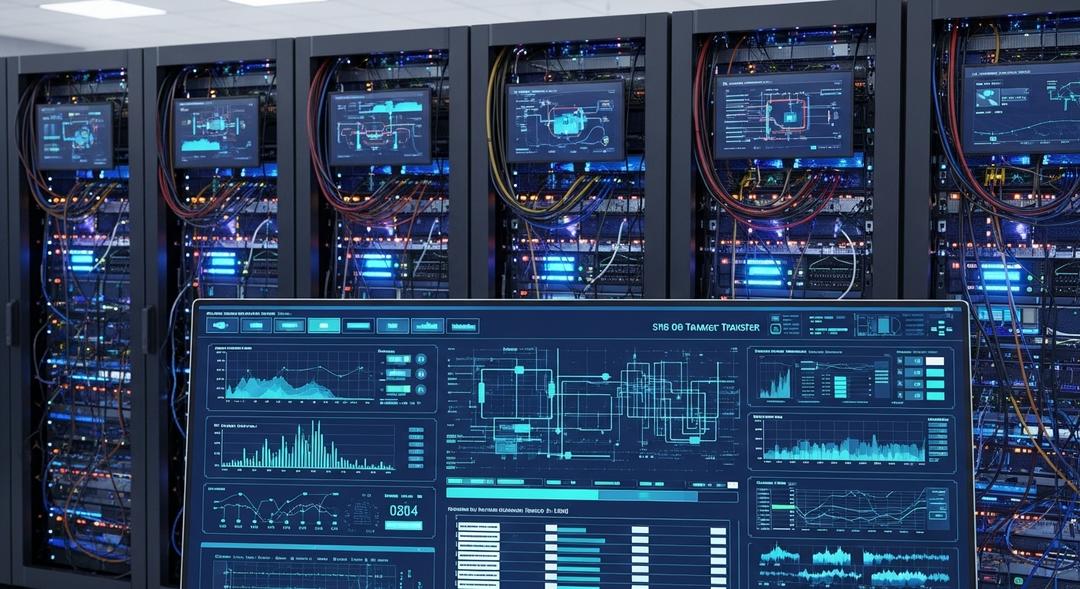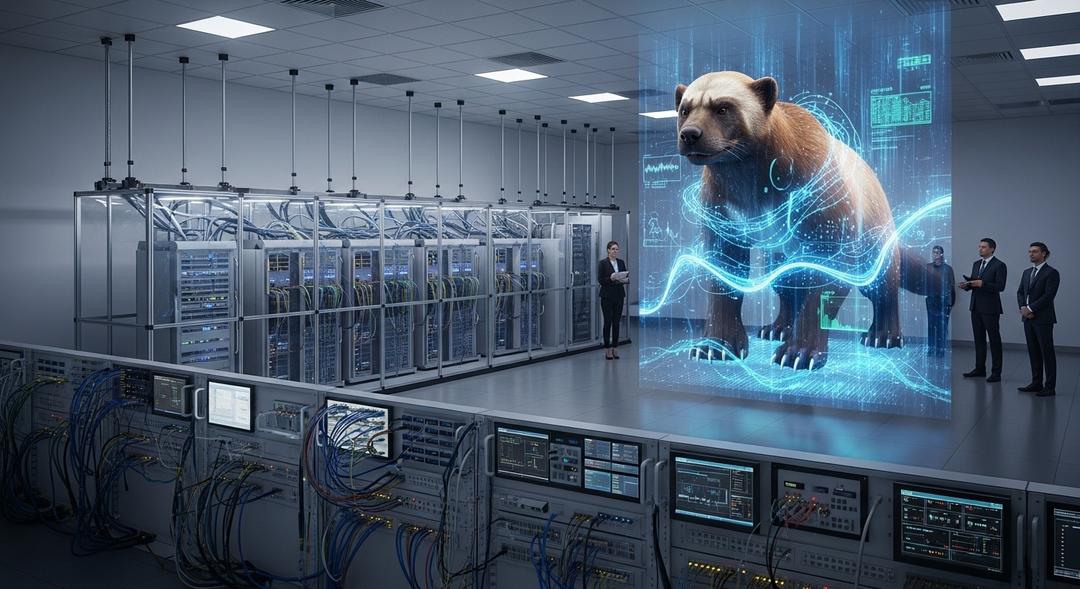Thousands of people speed past the Wintrust Mural Building every day, but a recent change to its canvas has sparked more backlash than admiration.
For years, the bank has opened up its wall along the Kennedy Expressway to local nonprofits, letting different groups showcase their missions through highly visible, ever-changing murals.
Normally, these massive artworks are created by Chicago artists, who fill the space with vibrant, thoughtful scenes. Yet lately, the building has been attracting criticism online for its current mural — this time, designed with artificial intelligence.
The switch to AI-generated imagery did not go unnoticed. Many locals took to Instagram and Reddit to vent their frustration, calling the mural “AI slop” and arguing that it takes opportunities away from regional artists.
One commenter on Reddit fumed, “Chicago! I hate this billboard more every time I drive past it… it’s a safety hazard.” Another urged Wintrust to update its mural policy, warning that using AI undermines both the community spirit and the organizations involved.
This mural was commissioned by Hope Ignites Chicago, a group focused on supporting young people so they can thrive in education, career, and community life. The nonprofit has not addressed the online criticism and made no public statements following the uproar.
The Local Art Community Responds
Cristian Roldán Aponte, an artist chosen to create the next mural for the building, said many worry about job loss as AI invades the creative space. “People see AI as part of a way to cut costs, but a machine can never substitute for an artist,” Roldán Aponte said.
He pointed out that real art reflects uniqueness and humanity, something a computer cannot replicate. His new design, celebrating the Community Investment Corporation, is scheduled to be unveiled in the coming weeks and was created entirely without AI.
Damon Lamar Reed, a South Shore artist with a long history of painting large murals in Chicago, explained how he recognized the digital origins of the current mural immediately. “It had a generic feel to it,” Reed said. He referenced the ongoing debate in other creative fields, comparing it to music’s struggle with the arrival of streaming, and believes the art world is now facing similar questions about compensation and creative ownership.
Unlike most murals painted directly onto walls, these pieces are printed on large vinyl sheets and rotated regularly to spotlight new groups. Since launching the program, more than 50 organizations ranging from local museums to educational nonprofits have been featured.
A spokesperson for Wintrust confirmed the institution will not dictate creative methods, allowing nonprofit partners freedom in selecting their mural approach, including use of computer generated imagery when needed for budget reasons.
For many artists, though, the tension remains. As Roldán Aponte described his next project for the building, he emphasized why he applied: the commissioning nonprofit recognized the time and effort it takes to develop a meaningful public artwork — and paid every finalist for their proposal.
“It was a very ethical way to do this kind of work,” Roldán Aponte said, echoing concerns similar to how AI content flood overwhelms media and art spaces.
